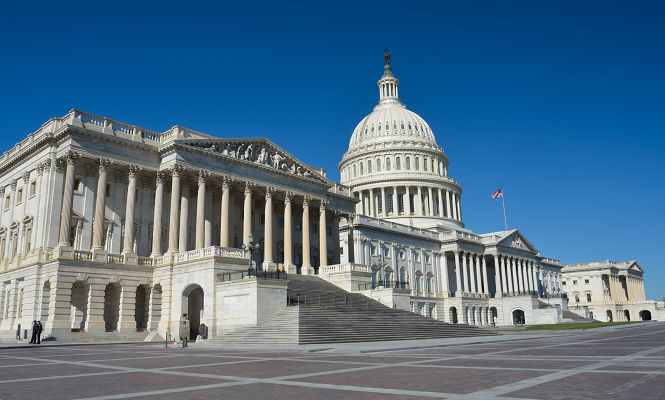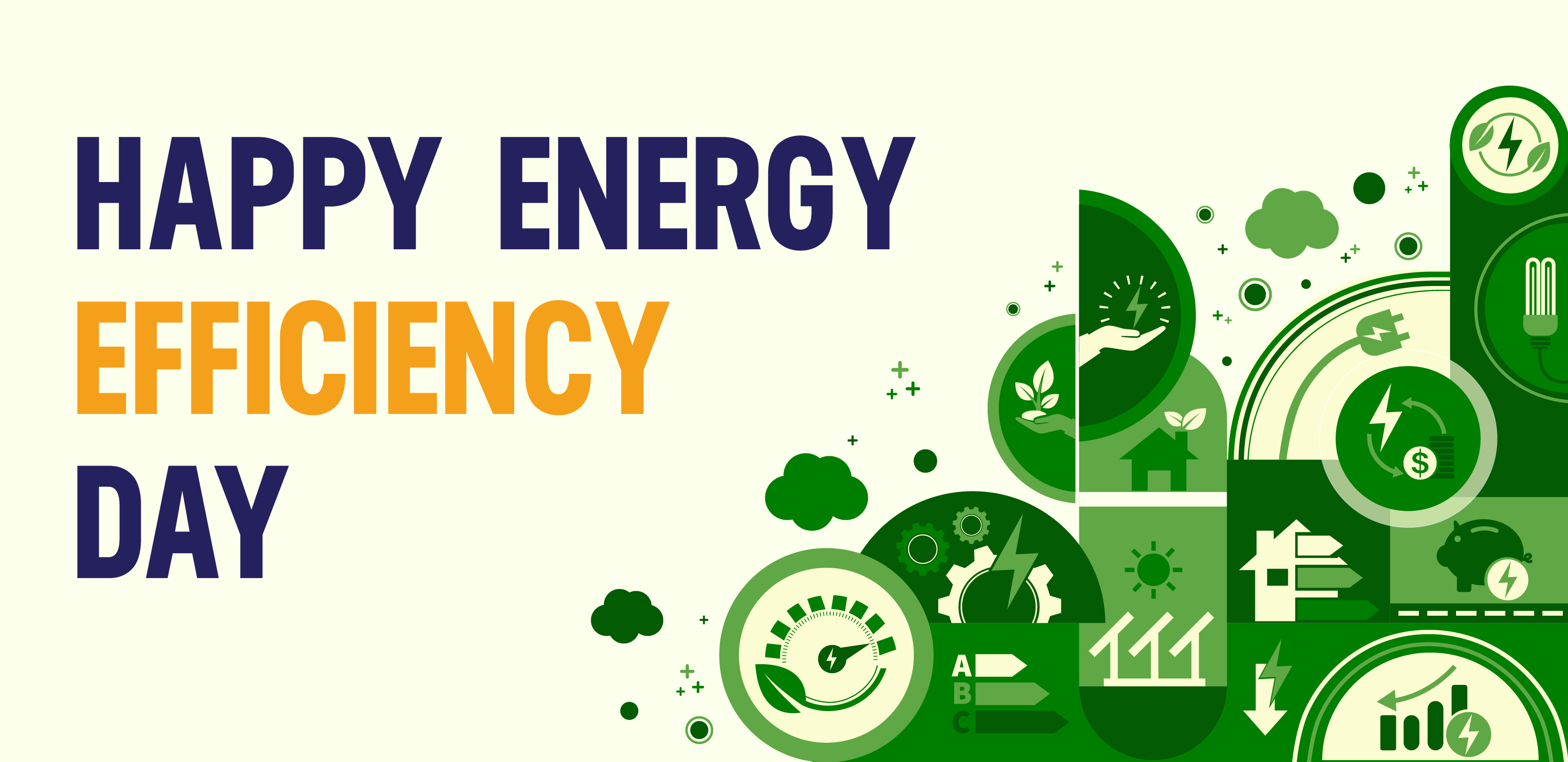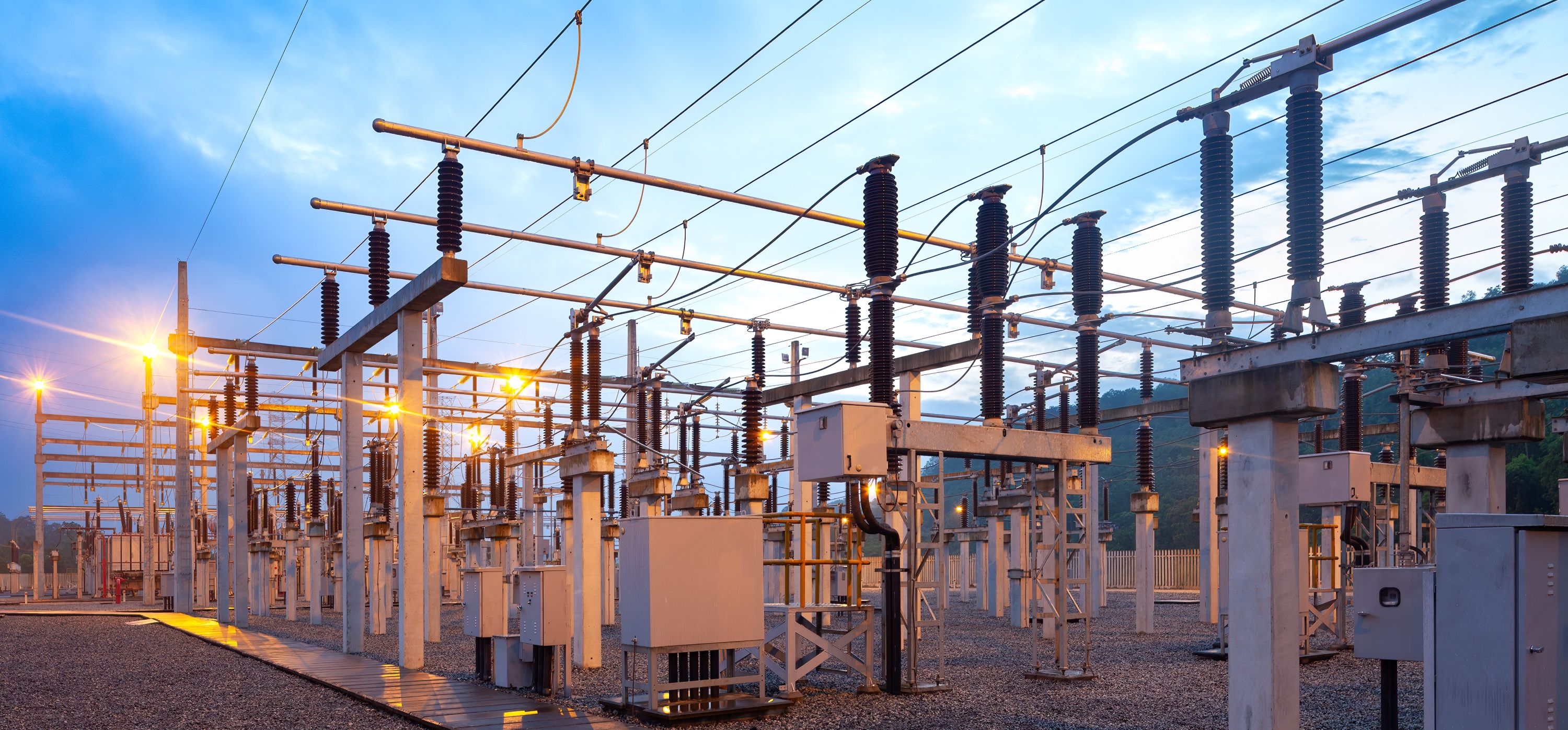The 116th Congress: What are the Key Issues and Who are the Key Players?
Let's Save Energy
Alliance to Save Energy's Blog

The campaigns are over, recounts are winding down, and the committee leadership game of musical chairs is slowing. It’s time to look ahead to what promises to be a very different 116th Congress. This post is the first in a series looking at the implications of the new Congress for energy efficiency. Future posts will examine the efficiency policy outlook in areas including infrastructure, transportation, federal investments in DOE programs, and tax incentives. This post considers the broad Congressional landscape.
Landscape
As projected, House Democrats have regained the majority and will return to power for the first time in eight years when the 116th Congress commences on January 3. Holding 234 seats to 200 for Republicans, with one race still undecided, House Democrats are teeing up their leadership team and laying out an aggressive first session agenda. Top issues for the caucus come as no surprise, with a focus on healthcare and prescription drug pricing, infrastructure, campaign finance reform, oversight and investigations, and immigration all making the list.
Energy and environmental issues are likely to see a strong resurgence as members-elect start to stake their claims and seek to follow through on climate-related campaign promises, and incoming committee chairs solidify their jurisdiction and outline their priorities. With calls for forming new subcommittees – such as a subcommittee under Ways and Means to address financing options for infrastructure and a possible select committee on climate – we expect to see significant pieces of legislation, particularly in these two areas, move to the House floor. These and other smaller energy and environmental bills could create important opportunities for efficiency gains.
In the Senate, the Republican majority returns with a few fresh faces. Republicans will hold 53 seats, and Democrats 47 seats. With this extra bit of breathing room, Senate Republicans are expected to continue moving forward on approval of presidential nominees, likely to include multiple Cabinet-level officials and judges. As in the House, infrastructure tops the list of legislative items to tackle, opening the door to a possible bipartisan deal. While there is some shift in committee leadership due to retirements, the usual reshuffling, and new members joining Leader Mitch McConnell’s leadership team, these changes are not expected to vastly change the Senate’s priorities or the political landscape in the next Congress.
Leadership
In the House, the Republican Conference has already selected its minority leadership team for the new year. By a wide margin, current Majority Leader Kevin McCarthy will take over as House minority leader, with current Majority Whip Steve Scalise elected as minority whip. Current Republican Conference Chair Cathy McMorris Rodgers declined to run for her position again, and instead will seek a ranking member subcommittee post on Energy and Commerce. Taking over as conference chair will be Representative Liz Cheney.
Current House Minority Leader Nancy Pelosi, running unopposed, has been nominated by her caucus for the speakership, although the Speaker will not be formally elected until the new Congress convenes in January. Current minority whip Steny Hoyer will transition to majority leader, Rep. James Clyburn takes over as majority whip, and Rep. Hakeem Jeffries is the newly elected Democratic Caucus chairman.
In the Senate, Mitch McConnell will return as majority leader with Senator Chuck Schumer again across the aisle as minority leader. Current Majority Whip John Cornyn is term-limited out of his position, and will be replaced by Senator John Thune, current conference chair. The current Republican Policy Committee chairman, Senator John Barrasso, will then shift over as conference chair. There are no additional changes expected to Senate Democratic leadership, with Senator Dick Durbin returning as minority whip, and Senator Patty Murray as assistant Democratic leader.
Looking Ahead
There are a lot of chips yet to fall, with steering committee selections, committee assignments, likely new chamber rules to consider, and formal leadership elections. As the process moves forward, this series will take a deeper look at these newly shaped committees, their leadership and priorities – and what that might mean for advancing energy efficiency in several policy areas. With a looming presidential election in 2020 and the political jockeying starting earlier than ever, the window for possible bipartisanship and any substantive legislative progress will be narrow, so buckle up and get ready for a busy winter.
STAY EMPOWERED
Help the Alliance advocate for policies to use energy more efficiently – supporting job creation, reduced emissions, and lower costs. Contact your member of Congress.
Energy efficiency is smart, nonpartisan, and practical. So are we. Our strength comes from an unparalleled group of Alliance Associates working collaboratively under the Alliance umbrella to pave the way for energy efficiency gains.
The power of efficiency is in your hands. Supporting the Alliance means supporting a vision for using energy more productively to achieve economic growth, a cleaner environment, and greater energy security, affordability, and reliability.



